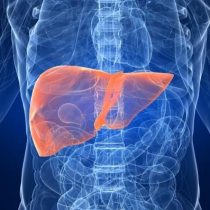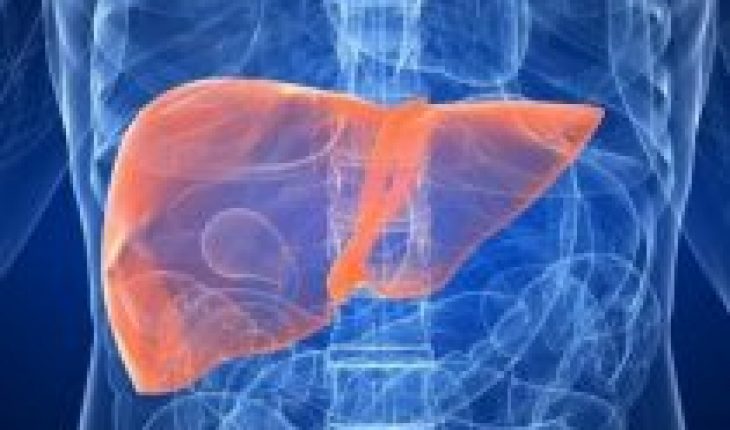
Being diagnosed with cancer is always complex and brings a number of challenges for patients, whether from accepting, access to, and understanding treatments, which places people with it and their close ones in a difficult process. In the case of hepatocarcinoma or liver cancer, which occurs frequently in people with liver problems such as cirrhosis, this path can be even more complex.
In Chile, 70% of cases of this type of cancer originate from causes other than alcohol consumption, however, patients not only carry the disease, but also with the consequences of being related to a pathology that has generally been punished and forgotten by citizens, health professionals, insurers, payers and also by care facilities. On the other hand, and in terms of access issues, there is no GES coverage, nor Ley Ricarte Soto, or the like.
This is partly because we do not even have a ministerial clinical guide containing recommendations to optimize care by selecting the most appropriate diagnostic or therapeutic options to address the health problem, and that today, alone and thanks to the particular efforts of specialists, we have a roadmap that somehow seeks to fill that gap.
On the other hand, in the last 10 years there has been a lot of research in the developed world regarding this pathology, in Europe and the United States mainly, but very little or no research in our region.
Despite the above, today there are alternatives for patients; surgery and transplantation for those with localized disease, embolization for those with an intrahepathic pathology and systemic treatments for patients with advanced disease. Candidates for the latter account for approximately 50% of cases, and are today able to receive treatment alternatives that include immunotherapies and antiangiogenics, which have shown a significant clinical benefit in survival due to their high effectiveness.
Despite considerable scientific advances in the treatment of liver cancer, the proportion of patients who can receive treatment are scarce due to the stigmatization of presenting in patients who may have an alcoholic habit.
In addition, regulatory approvals are required in the country that – usually – are dilated after the presentation of scientific data. However, liver cancer should be treated with priority because in the Western world its incidence increases considerably.
Perhaps this happens because it is not within the most common cancers, or is simply not properly valued because it does not affect a large number of people, however, it should be noted that by 2030 their cases are expected to increase by 75%.
Add to this that most of the efforts, awareness campaigns and support networks point their darts to other more popular pathologies, we are not only talking about an uncovered medical need, but a forgotten pathology which we must all give visibility again.
The content poured into this opinion column is the sole responsibility of its author, and does not necessarily reflect the editorial line or position of El Mostrador.





